Home>Gardening & Outdoor>Landscaping Ideas>Why Is My Dogs Urine Killing The Grass
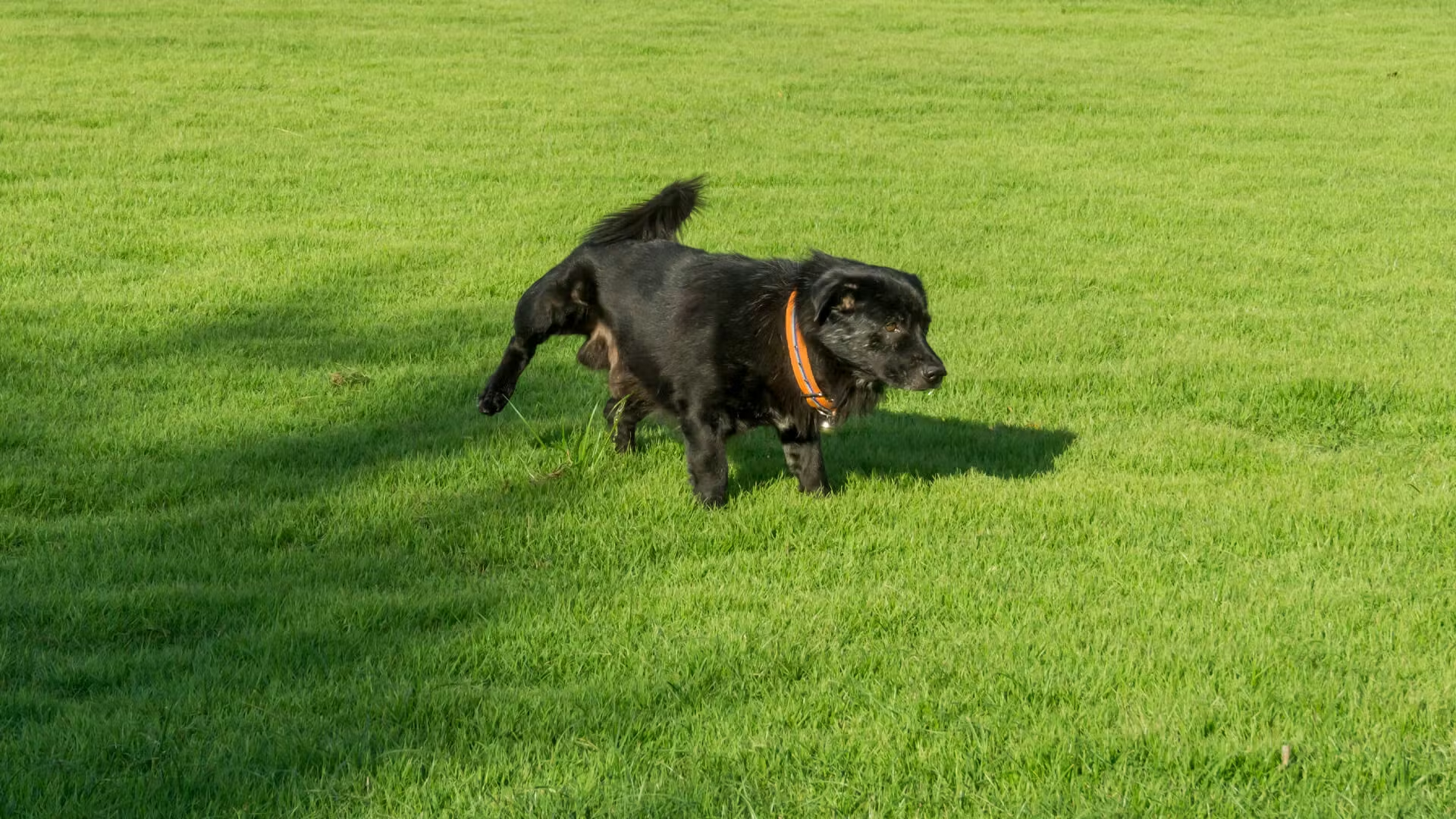

Landscaping Ideas
Why Is My Dogs Urine Killing The Grass
Modified: February 18, 2024
Discover effective landscaping ideas to prevent your dog's urine from damaging your grass. Find solutions to keep your lawn lush and green. Protect your landscaping investment today!
(Many of the links in this article redirect to a specific reviewed product. Your purchase of these products through affiliate links helps to generate commission for Storables.com, at no extra cost. Learn more)
**
Introduction
**
As a proud dog owner, you may have noticed unsightly brown patches on your once luscious green lawn. While it's tempting to blame various factors for this phenomenon, the culprit might be closer to home than you think: your beloved canine companion. Yes, you read that right. Your dog's urine could be the reason behind the sorry state of your grass.
But fear not, for in this article, we will delve into the fascinating world of dog urine and its impact on grass. By understanding the composition of dog urine, how it affects grass, and implementing practical tips to prevent grass damage, you can maintain a vibrant lawn while keeping your furry friend by your side. So, let's embark on this enlightening journey to uncover the secrets behind why your dog's urine may be killing your grass.
**
Key Takeaways:
- Dog urine contains nitrogen that can harm grass, but diluting it with water, strategic watering, and dietary adjustments can prevent damage and maintain a lush lawn.
- Alternative solutions like artificial turf, gravel beds, and pet-friendly ground covers offer creative ways to protect your lawn from dog urine while keeping your furry friend happy.
Read more: Why Is My Dogs Pee Killing My Grass
Understanding the Composition of Dog Urine
**
Before we delve into the effects of dog urine on your lawn, it’s crucial to understand the composition of this seemingly innocuous bodily fluid. Dog urine is a complex blend of waste byproducts, primarily consisting of water, urea, and other nitrogenous compounds. Urea, in particular, plays a pivotal role in the process that leads to grass damage.
When your dog urinates on the grass, the urea in the urine undergoes a fascinating transformation. Upon exposure to the soil and the grass, urea breaks down into ammonia and carbon dioxide through a process called urease hydrolysis. Ammonia is subsequently converted into various nitrogen compounds, including nitrate and nitrite, which are essential nutrients for plant growth when present in moderate quantities.
However, the issue arises when the concentration of nitrogen becomes excessively high due to the accumulation of dog urine in a specific area. This imbalance can overwhelm the grass, leading to an overabundance of nitrogen that disrupts the delicate nutrient equilibrium. As a result, the grass experiences what is commonly known as “urine burn,” manifesting as those unsightly brown patches that plague many a dog owner’s lawn.
Furthermore, the pH level of dog urine tends to be slightly acidic, which can exacerbate the detrimental effects on the grass. The combination of excessive nitrogen and the acidic nature of the urine creates an inhospitable environment for the grass, impeding its ability to thrive and maintain its vibrant green hue.
By comprehending the intricate interplay between dog urine and the components of your lawn, you gain valuable insights into the mechanisms that contribute to grass damage. Armed with this knowledge, you are better equipped to explore effective strategies for mitigating the impact of dog urine on your cherished green space.
**
How Dog Urine Affects Grass
**
Now that we’ve unraveled the chemical composition of dog urine, let’s delve into the intricate ways in which this seemingly innocuous bodily fluid exerts its influence on your once-lush lawn.
When your canine companion relieves itself on the grass, the concentrated nitrogen in the urine can overwhelm the soil and the grass in a localized area. This surge of nitrogen, coupled with the urine’s acidic pH, creates a hostile environment for the grass, impeding its ability to thrive. As a result, the affected area may exhibit a gradual transformation, initially appearing darker green before transitioning to a disheartening shade of yellow. Finally, the grass succumbs to the overwhelming nitrogen levels, resulting in the formation of those telltale brown patches that are the bane of every dog owner’s existence.
Moreover, the nitrogen imbalance induced by dog urine can disrupt the delicate nutrient equilibrium essential for the grass’s health. While nitrogen is indeed a vital nutrient for plant growth, an excess of it can lead to an overstimulation of the grass, causing it to divert energy towards rapid, unsustainable growth. This surge in growth depletes the grass’s energy reserves, rendering it more susceptible to stressors such as drought, disease, and inclement weather.
Furthermore, the acidic nature of dog urine can alter the pH level of the soil, creating an additional hurdle for the grass to overcome. The lowered pH levels can impede the grass’s ability to absorb essential nutrients from the soil, further exacerbating its struggle for survival in the wake of repeated canine visits.
It’s important to note that the size, breed, and diet of your dog can influence the potency of their urine and, consequently, the severity of its impact on your lawn. Larger dogs and certain breeds tend to produce more concentrated urine, intensifying its effects on the grass. Additionally, the composition of your dog’s diet plays a significant role in determining the chemical makeup of their urine, further influencing its potential to cause grass damage.
By comprehending the multifaceted ways in which dog urine affects grass, you can gain a deeper appreciation for the challenges faced by your lawn in the presence of your beloved pet. Armed with this understanding, you are better prepared to explore effective strategies for mitigating the detrimental effects of dog urine on your outdoor sanctuary.
**
To prevent your dog’s urine from killing the grass, try watering the area where they urinate to dilute the urine. You can also train your dog to urinate in a specific spot or feed them a special diet to reduce the impact on the grass.
Tips for Preventing Grass Damage
**
While the prospect of maintaining a pristine lawn in the presence of a dog may seem daunting, implementing proactive measures can significantly mitigate the impact of canine urine on your grass. By integrating these practical tips into your lawn care routine, you can foster a harmonious coexistence between your furry companion and your verdant landscape.
- Dilution Is Key: Encourage your dog to stay hydrated by providing ample water, which can help dilute the concentration of their urine. This diluted urine is less likely to cause significant damage to the grass, mitigating the risk of unsightly brown patches.
- Strategic Watering: Water the areas where your dog urinates immediately after the act. This practice helps dilute the urine and minimizes its prolonged contact with the grass, reducing the likelihood of damage.
- Designated Bathroom Area: Designate a specific area in your yard for your dog to relieve itself. By training your pet to use this designated spot, you can concentrate the potential damage to a specific area, preserving the rest of your lawn.
- Adjust the Diet: Consult with your veterinarian to explore dietary adjustments that can help modulate the chemical composition of your dog’s urine. Certain dietary modifications can mitigate the concentration of nitrogen in the urine, lessening its impact on the grass.
- Supplements and Additives: Consider incorporating supplements or additives into your dog’s diet to neutralize the acidity of their urine and minimize its detrimental effects on the grass. These products are designed to promote a healthier balance between your pet’s urinary byproducts and the well-being of your lawn.
- Prompt Cleanup: Diligently rinse the affected areas with water after your dog urinates to minimize the urine’s contact with the grass. This swift action can help prevent the accumulation of concentrated nitrogen and alleviate the associated damage.
- Professional Lawn Care: Engage the services of professional lawn care experts who can assess the extent of the damage and provide tailored solutions to rejuvenate your lawn. Their expertise can prove invaluable in restoring the health and vibrancy of your grass.
By incorporating these proactive strategies into your daily routine, you can effectively safeguard your lawn against the detrimental effects of dog urine. Through thoughtful planning and consistent implementation of these tips, you can revel in the joy of a flourishing lawn while cherishing the companionship of your beloved canine friend.
**
Alternative Solutions for Dog Owners
**
For dog owners seeking alternative approaches to mitigate the impact of canine urine on their lawn, several innovative solutions offer promising avenues for preserving the beauty of their outdoor space. These alternative strategies cater to the unique needs of both pets and their devoted owners, fostering a harmonious environment where lush greenery and canine companionship coexist seamlessly.
- Artificial Turf: Consider incorporating artificial turf in specific areas of your yard frequented by your dog. Synthetic grass provides a resilient, low-maintenance alternative that withstands the effects of urine, offering a durable and visually appealing surface for your pet’s activities.
- Gravel or Mulch Beds: Create designated gravel or mulch beds where your dog can relieve itself. These permeable materials facilitate drainage and minimize the impact of urine on the surrounding vegetation, offering a practical solution to reduce grass damage.
- Pet-Friendly Ground Covers: Explore the use of pet-friendly ground covers, such as clover or ornamental grasses, in areas where your dog tends to urinate. These resilient alternatives are better equipped to withstand the effects of canine urine, providing a visually appealing and practical solution for pet owners.
- Raised Garden Beds: Construct raised garden beds or planter boxes to delineate areas for gardening and outdoor activities, effectively segregating these spaces from your dog’s designated areas. This approach helps preserve the integrity of your garden while accommodating your pet’s needs.
- Hydroseeding: Consider hydroseeding specific areas of your lawn to promote the growth of resilient grass varieties that are more resistant to the effects of dog urine. This specialized seeding technique can bolster the vitality of your lawn, minimizing the visible impact of urine-related damage.
- Professional Consultation: Seek guidance from landscaping professionals who specialize in pet-friendly outdoor environments. These experts can offer tailored recommendations and design solutions that cater to the unique challenges posed by canine companionship, ensuring a harmonious balance between your pet’s well-being and the aesthetics of your outdoor space.
By exploring these alternative solutions, dog owners can proactively address the challenges posed by canine urine while fostering an environment that prioritizes the well-being of both pets and the surrounding greenery. These innovative approaches exemplify the adaptability and creativity inherent in harmonizing the needs of beloved pets with the desire for a vibrant and inviting outdoor landscape.
**
Read more: Why Does My Dog’s Pee Turn The Grass Yellow
Conclusion
**
Embarking on the journey to understand why your dog’s urine may be killing your grass has unveiled a wealth of insights into the complex interplay between canine companionship and the well-being of your lawn. By unraveling the chemical composition of dog urine, exploring its effects on grass, and delving into practical strategies to prevent and mitigate damage, you have gained a deeper appreciation for the challenges and opportunities inherent in maintaining a flourishing outdoor space in the company of beloved pets.
As a responsible dog owner, you are equipped with a diverse array of strategies to safeguard your lawn against the detrimental effects of canine urine. From promoting hydration and prompt cleanup to exploring alternative landscaping solutions, you have the tools to foster a harmonious coexistence between your furry friend and your cherished green space.
Furthermore, the innovative alternative solutions presented in this article underscore the adaptability and creativity inherent in addressing the unique challenges posed by canine companionship. By embracing these alternative approaches, you can create an outdoor environment that prioritizes the well-being of your pet while preserving the visual appeal and vitality of your landscape.
Ultimately, the journey to understand and mitigate the impact of dog urine on your grass is a testament to the enduring bond between humans and their canine companions. It embodies the spirit of adaptability, compassion, and thoughtful stewardship, encapsulating the essence of responsible pet ownership and the desire to cultivate a thriving outdoor sanctuary for both pets and their devoted owners.
So, as you navigate the delightful complexities of pet ownership and lawn care, remember that with knowledge, creativity, and a dash of ingenuity, you can savor the joys of a vibrant lawn while cherishing the unwavering companionship of your beloved dog.
Frequently Asked Questions about Why Is My Dogs Urine Killing The Grass
Was this page helpful?
At Storables.com, we guarantee accurate and reliable information. Our content, validated by Expert Board Contributors, is crafted following stringent Editorial Policies. We're committed to providing you with well-researched, expert-backed insights for all your informational needs.
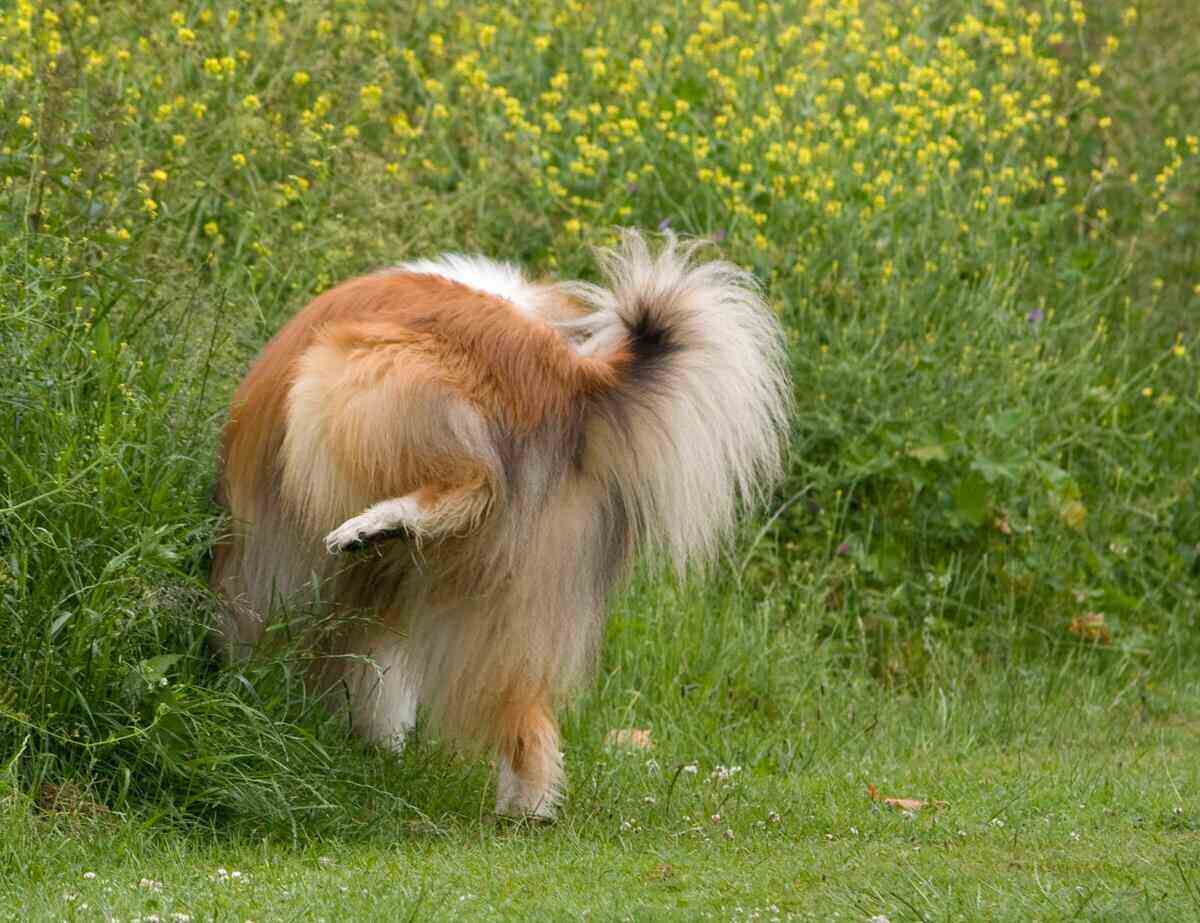
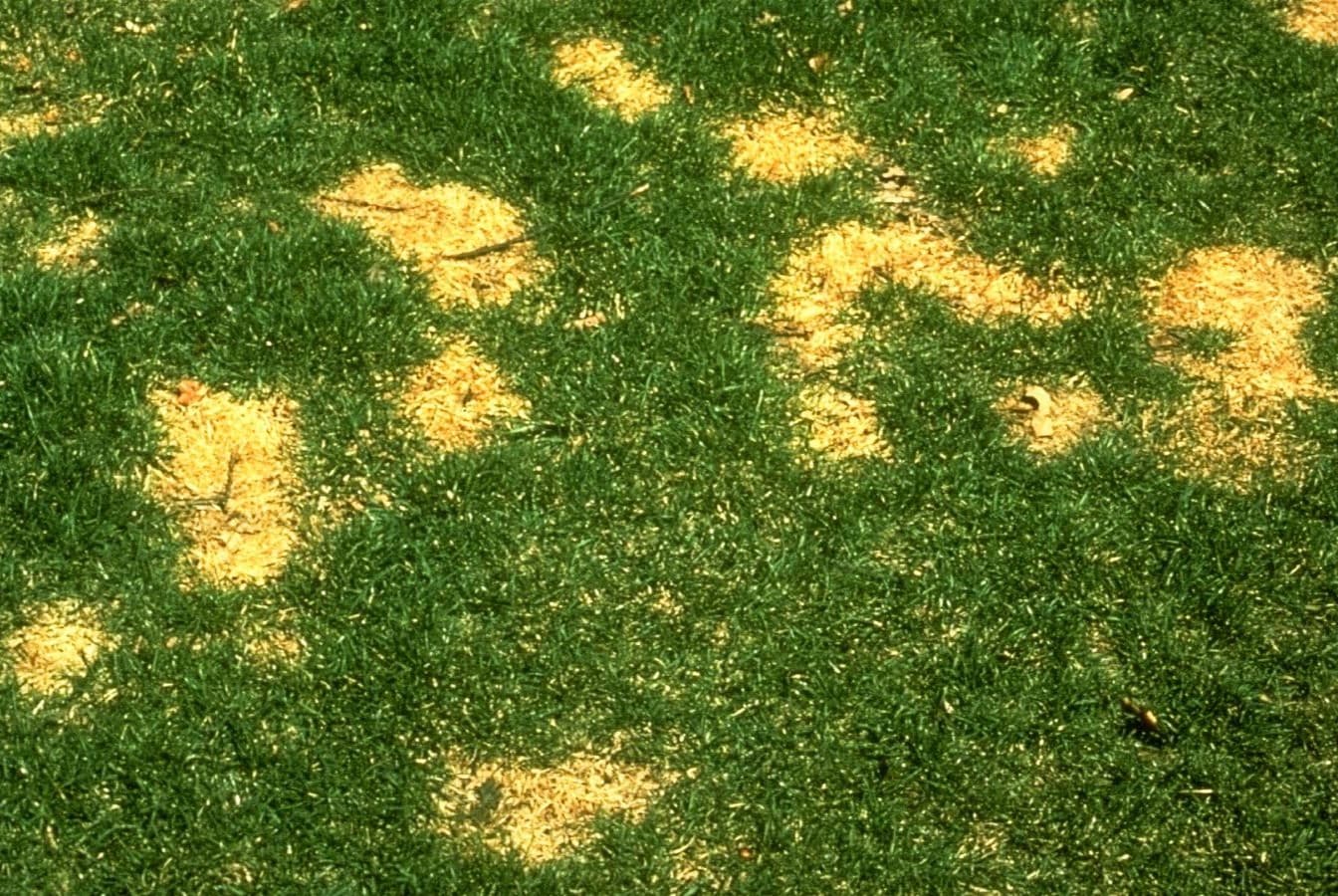
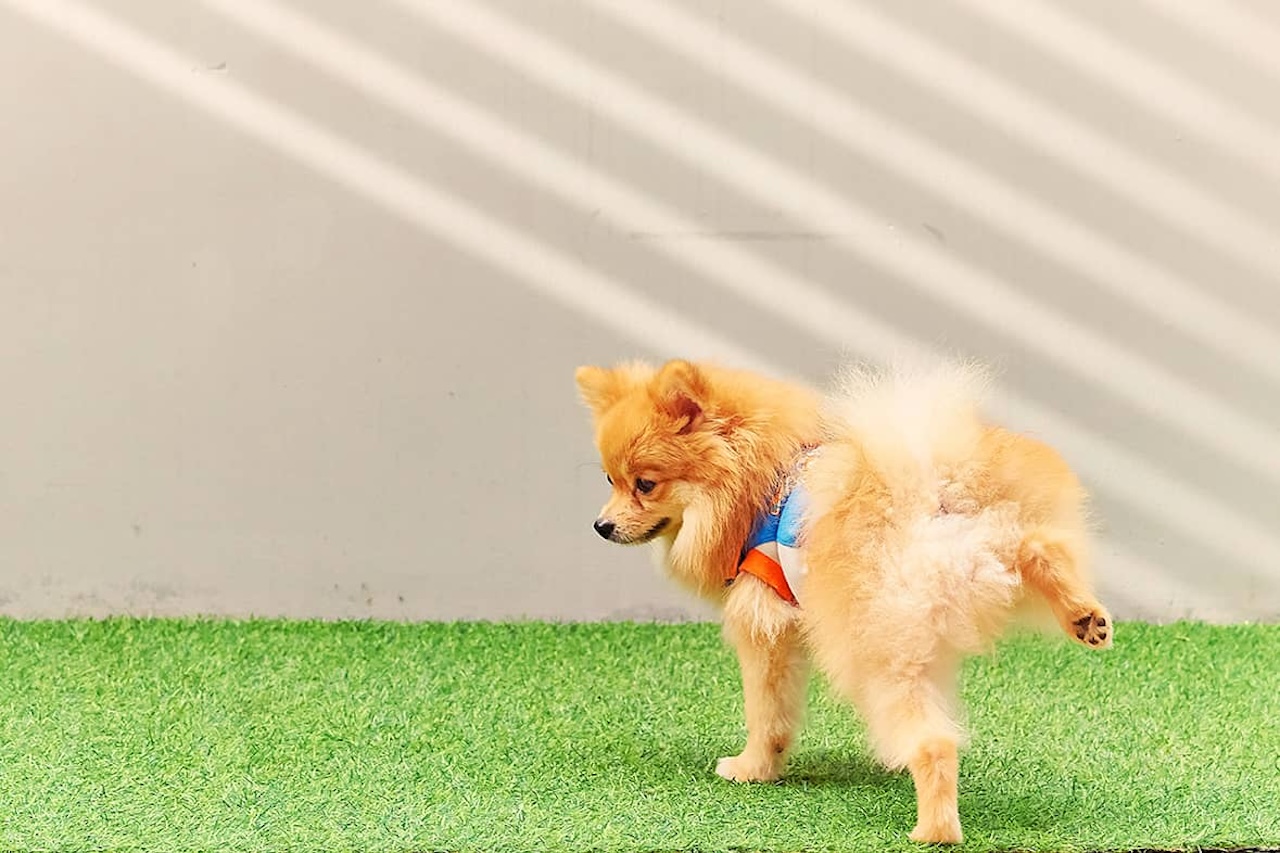
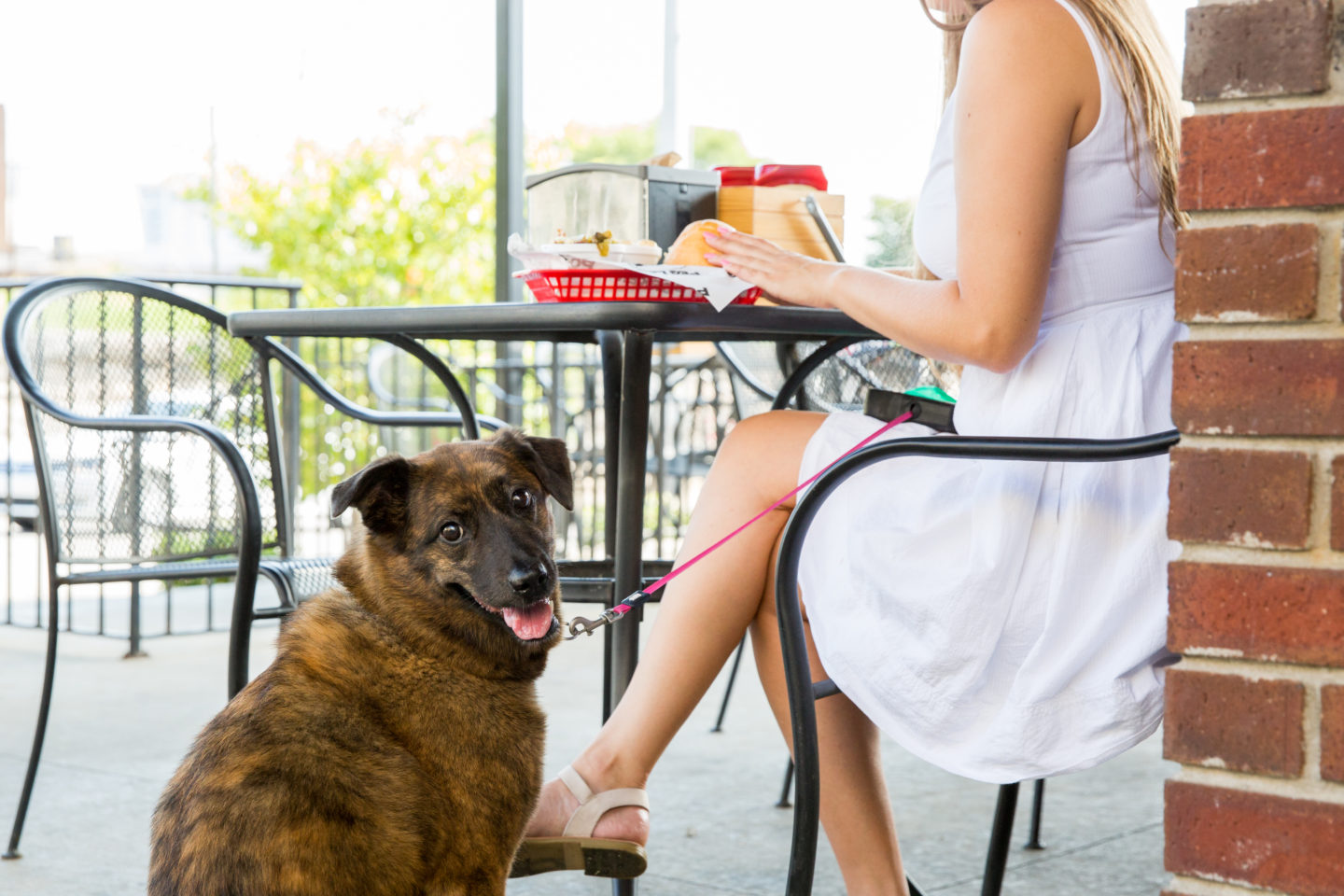
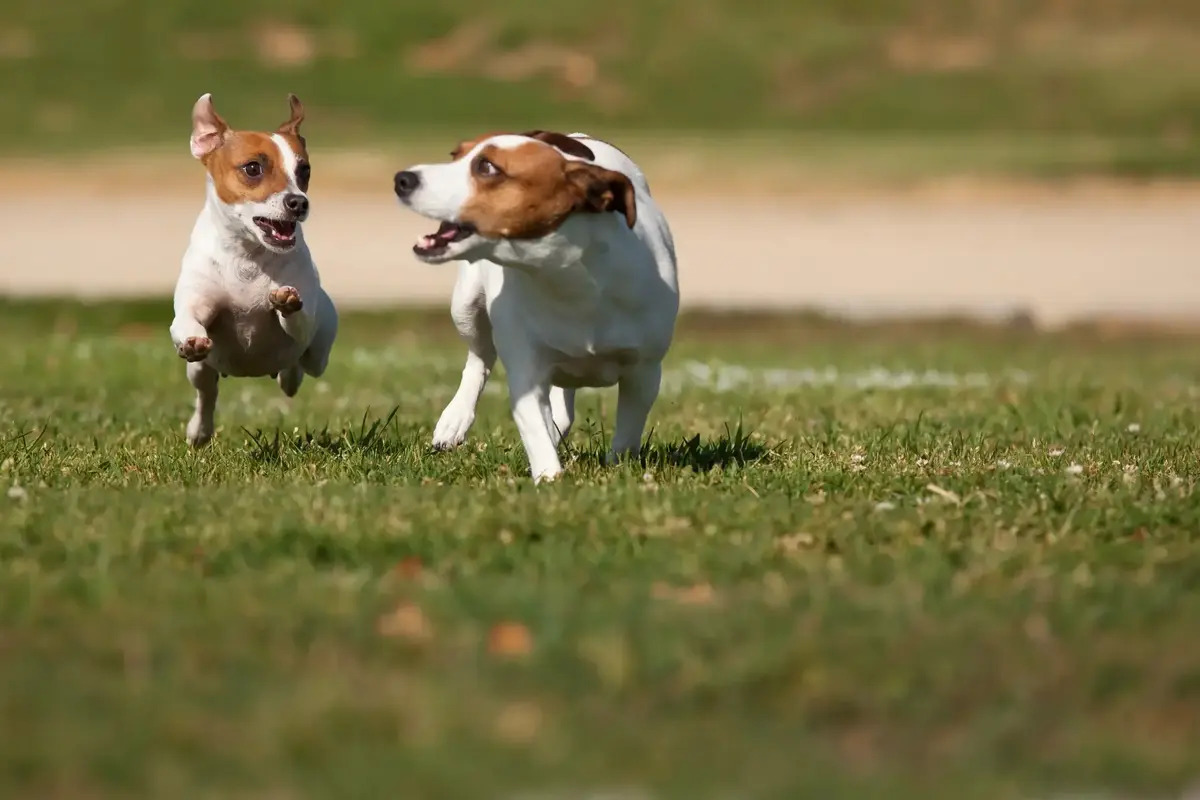
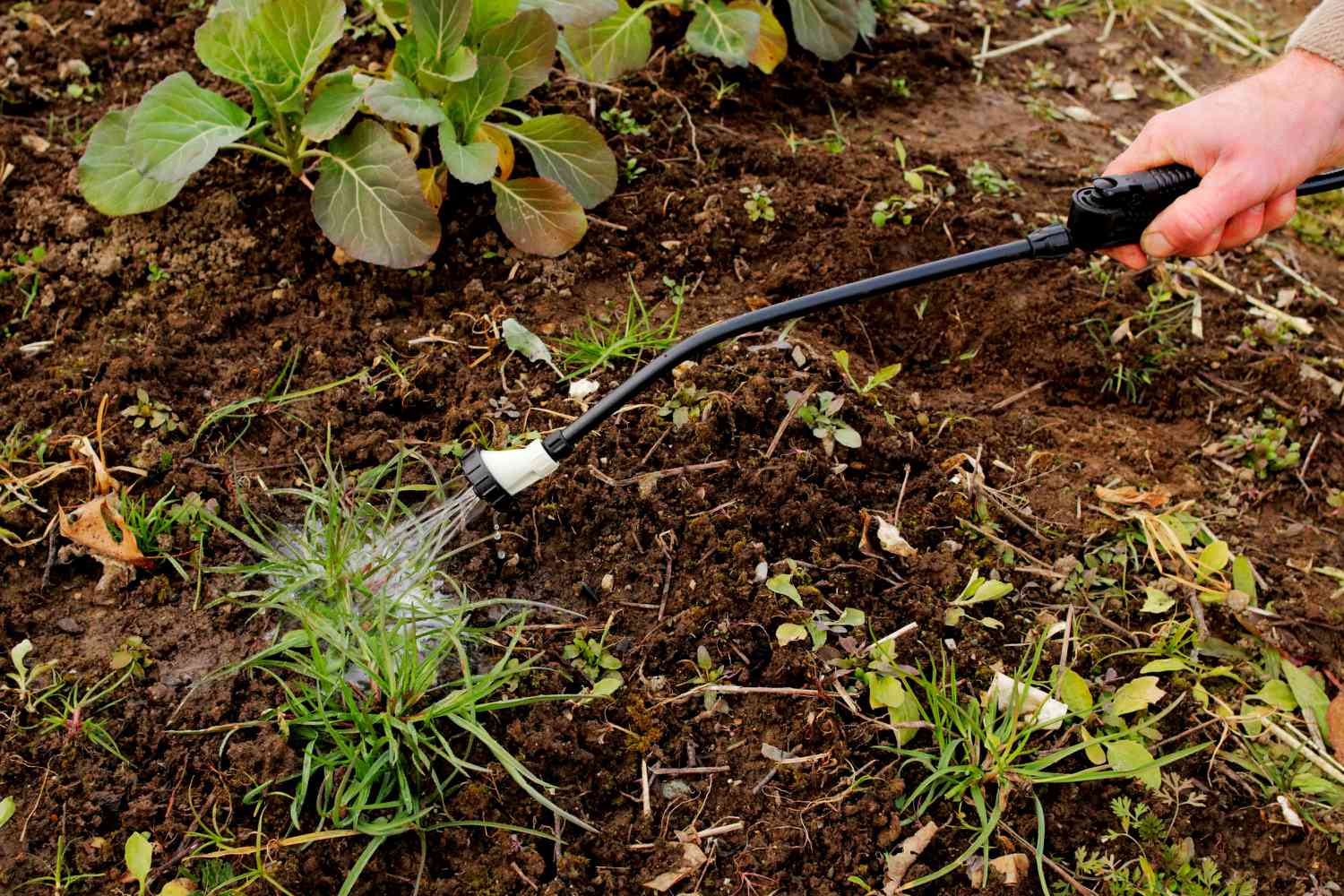
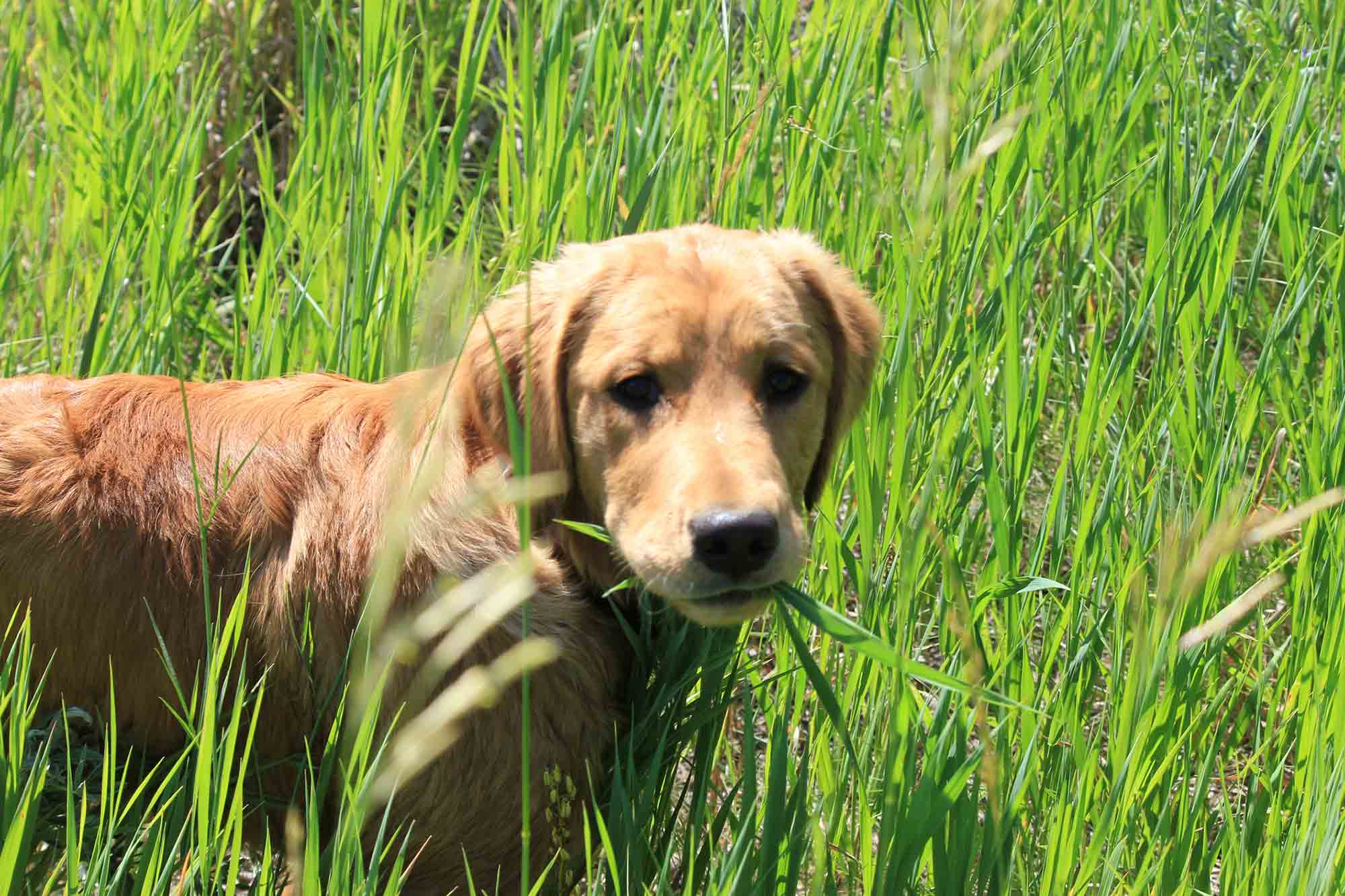
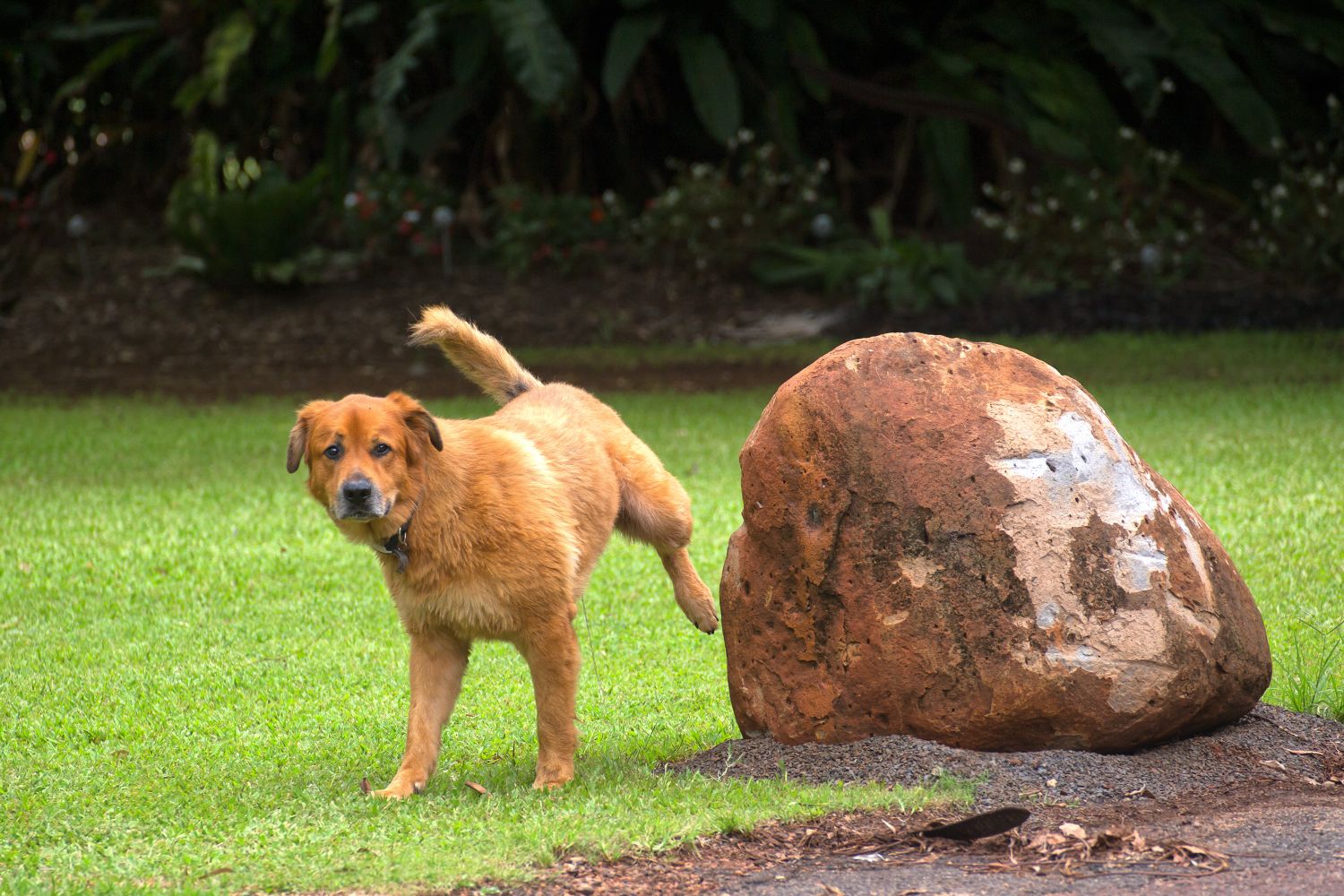
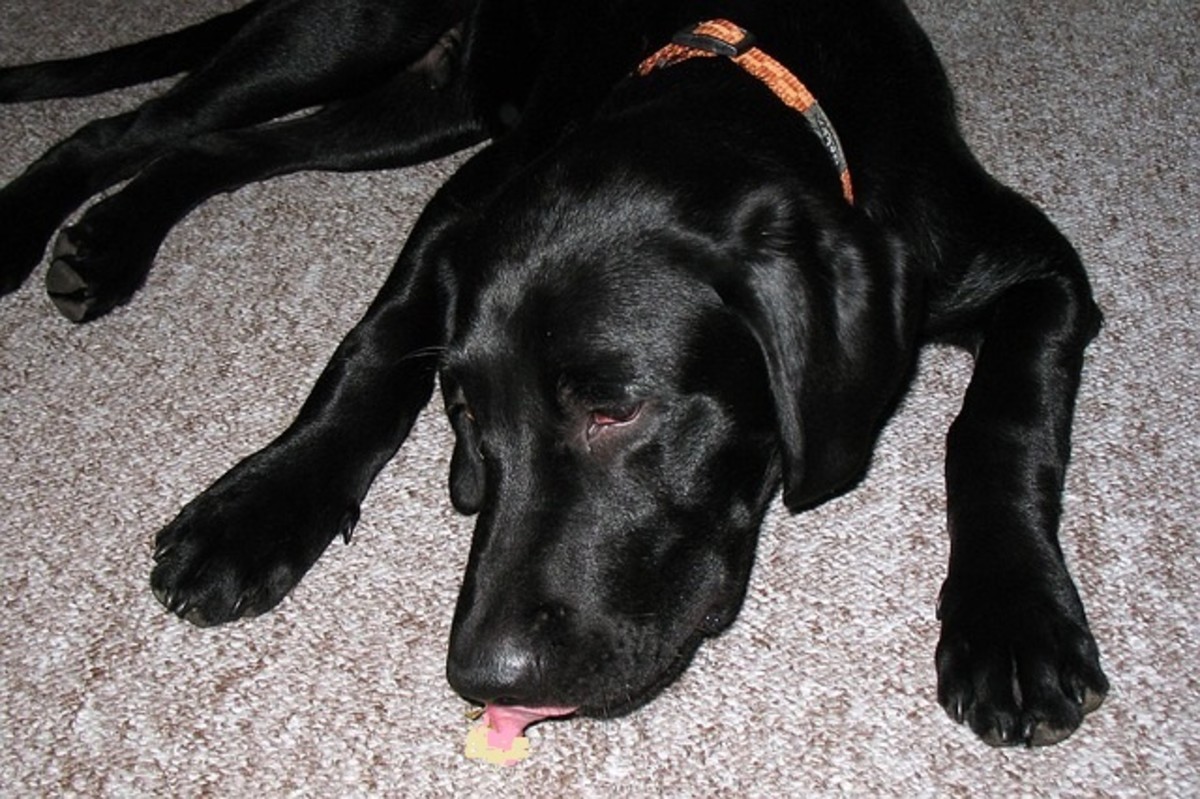
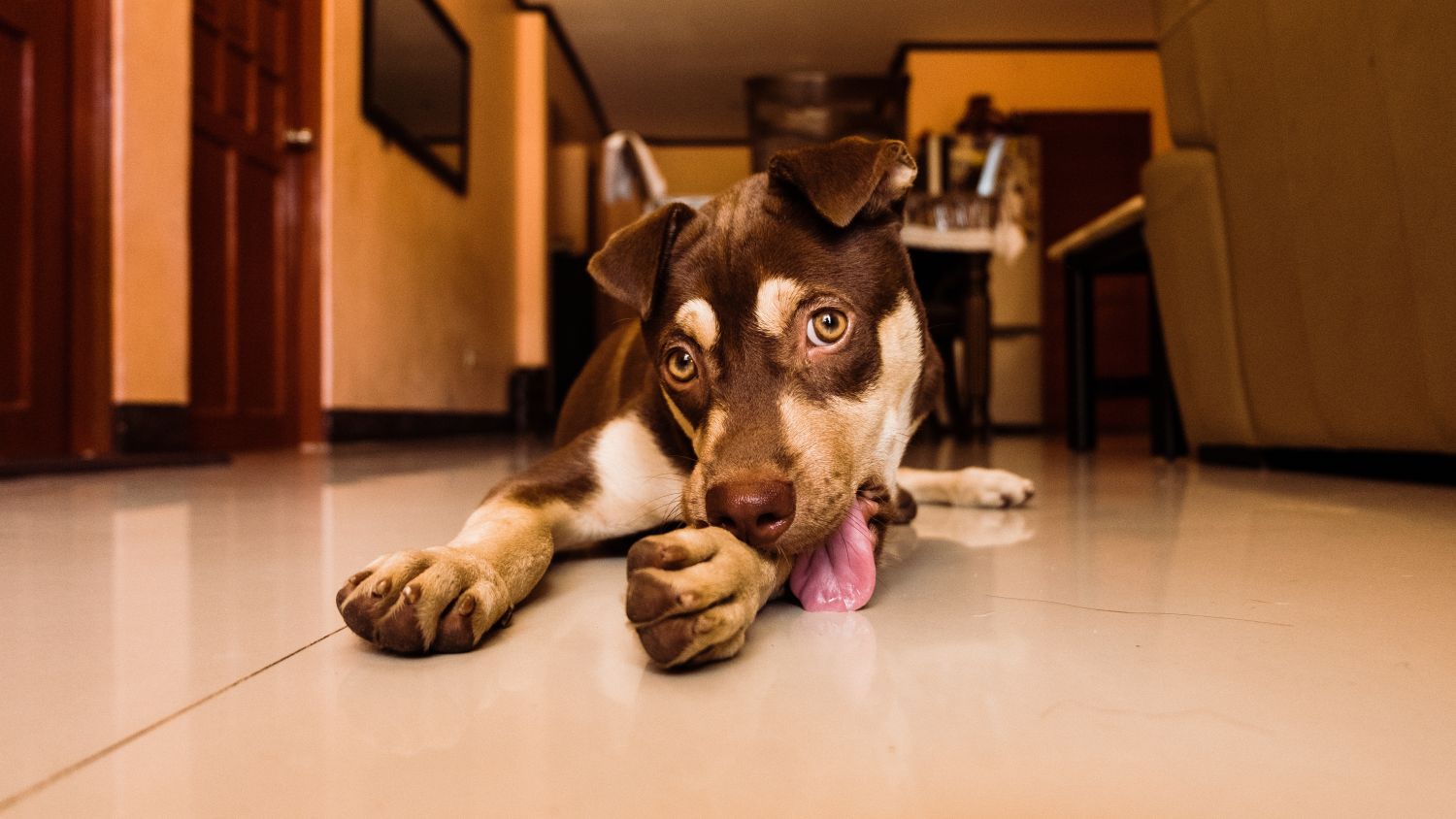
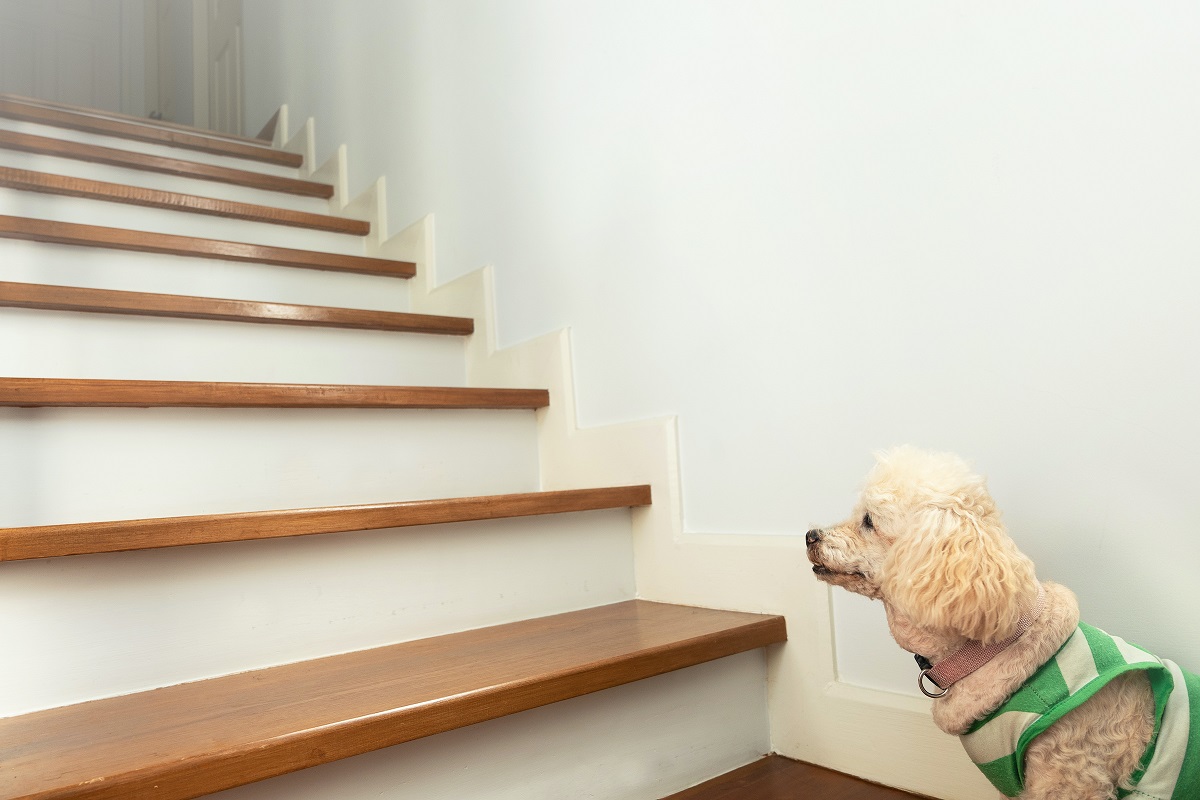
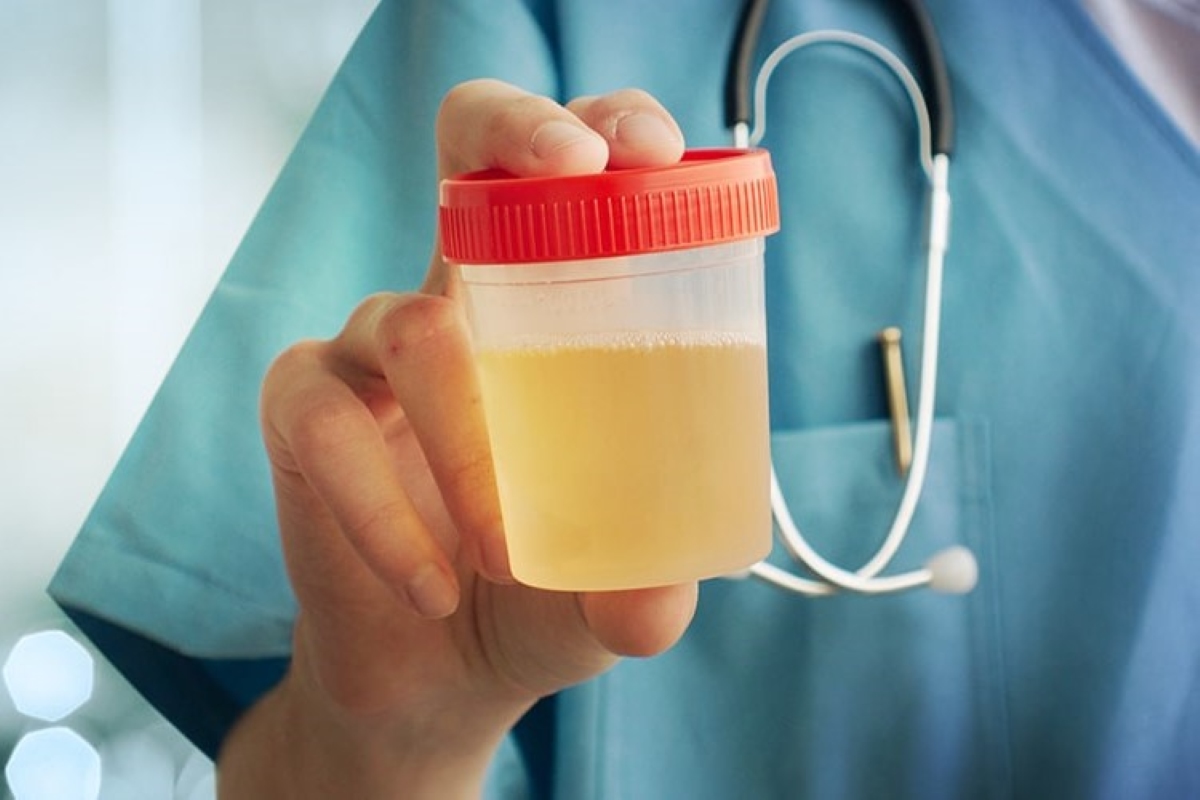
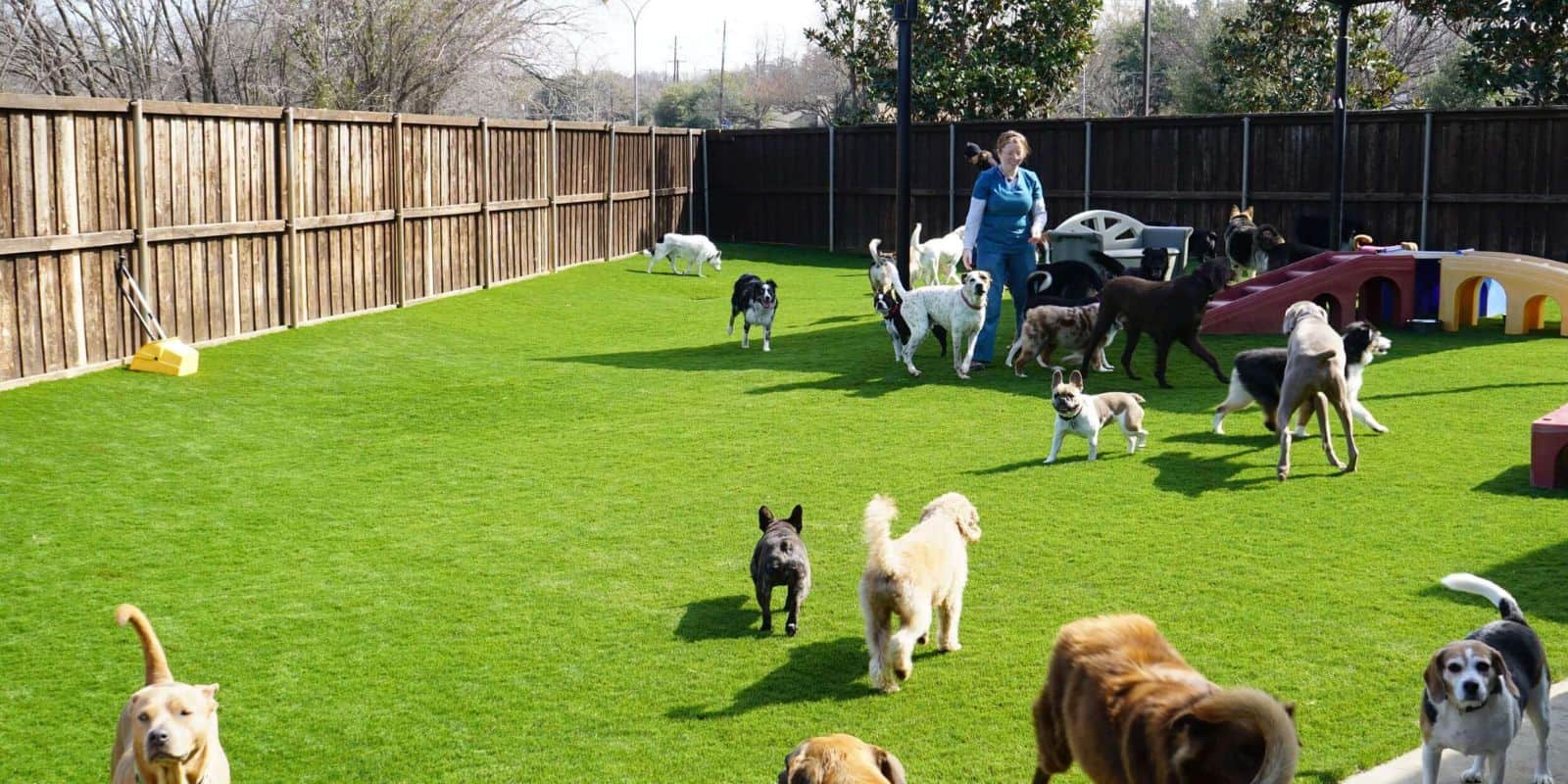
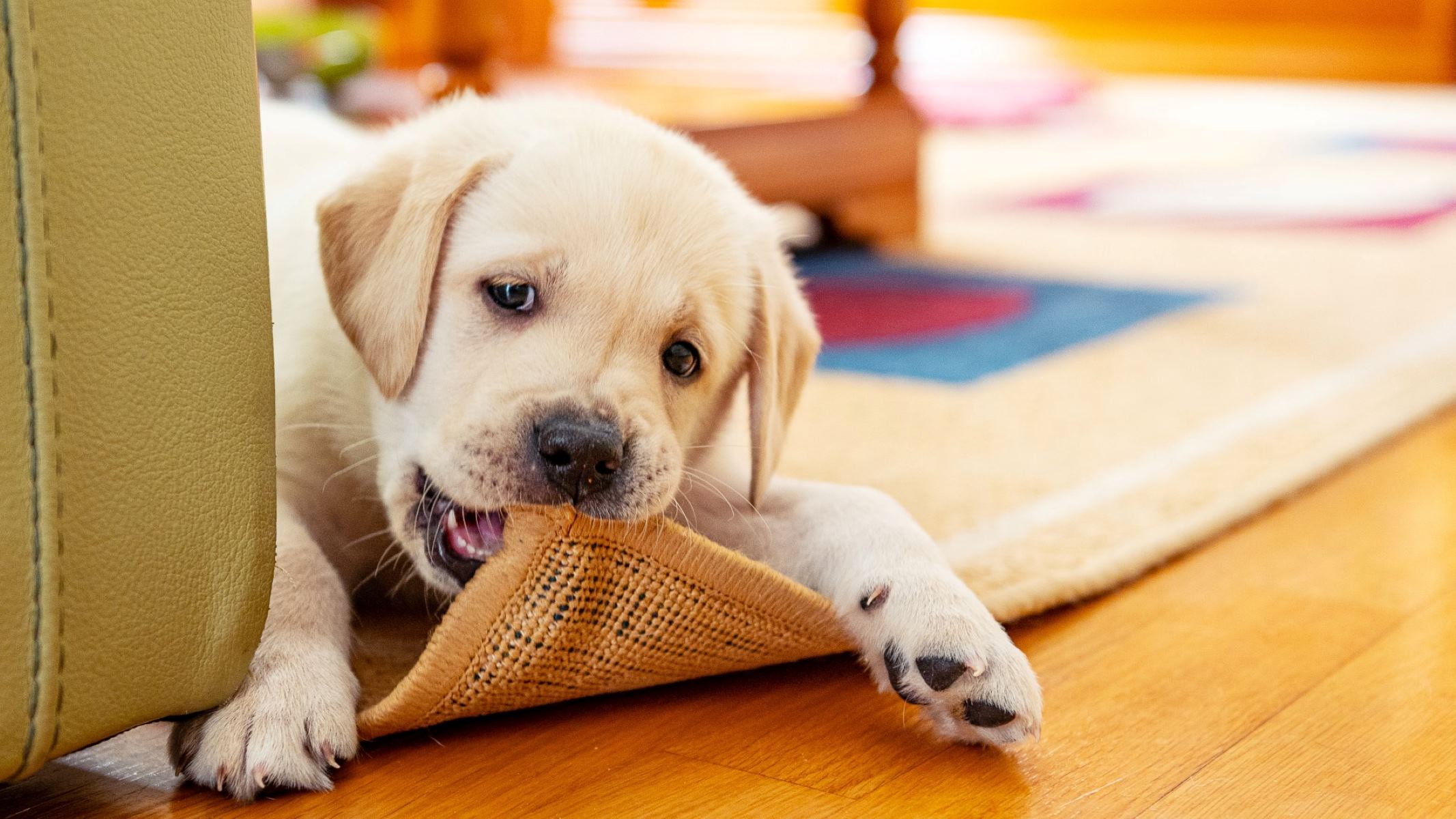

0 thoughts on “Why Is My Dogs Urine Killing The Grass”